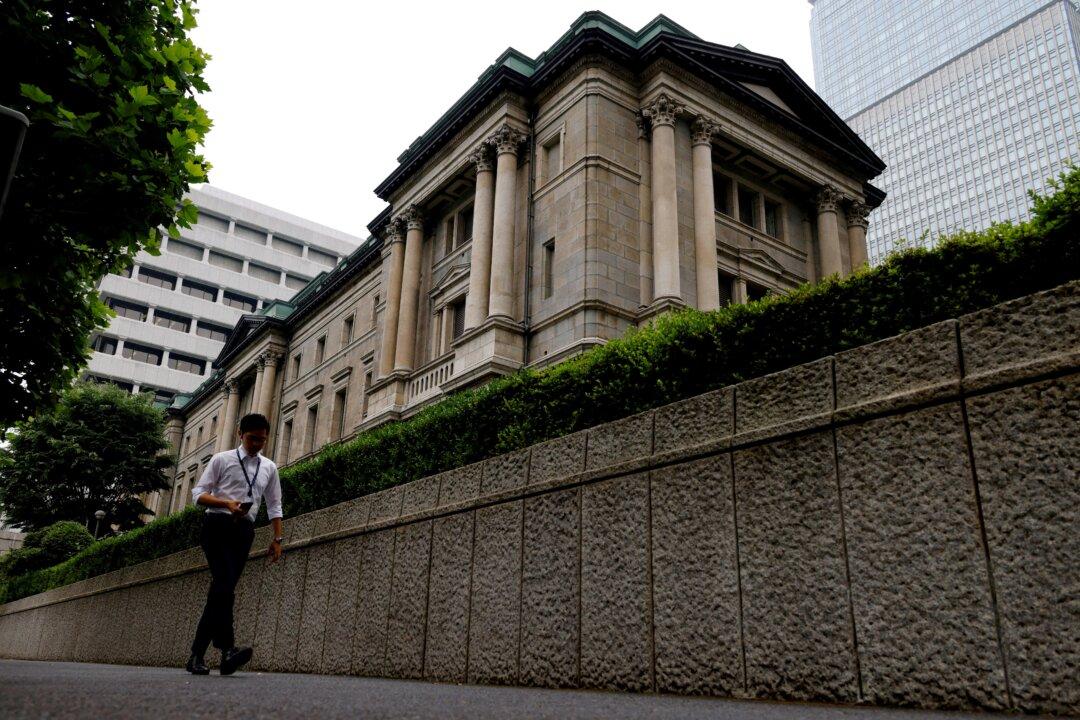TOKYO—Japan raised its estimates for long-term interest rates over the coming few years in government’s twice-yearly fiscal projections issued on Tuesday, following the central bank’s decision last month to allow 10-year bond yields to move more widely.
Higher rates will test the government’s ability to service the industrial world’s heaviest debt burden at more than double the size of Japan’s annual economic output.





